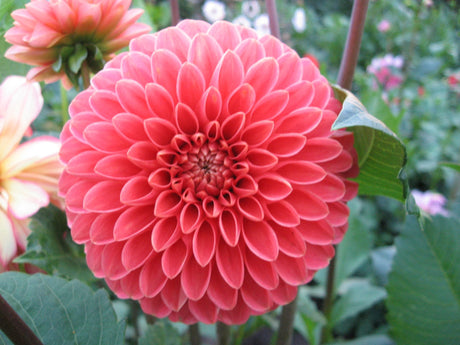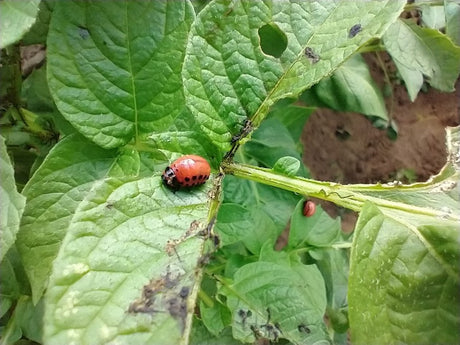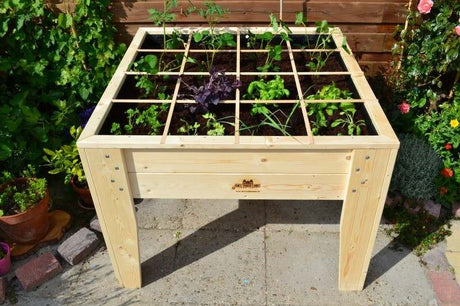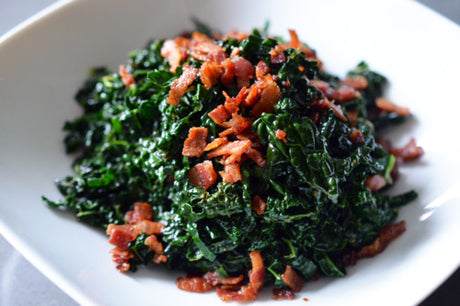Table of Contents:
Key Points
- Prune apple trees in winter (December-March) for optimal growth and summer pruning (June-August) for maintenance
- Regular pruning increases fruit production by 30-50% and improves the taste of apples
- Always use sharp and clean tools to prevent diseases such as fruit tree cancer
- Different apple tree types (high trunk, low trunk, columnar) require specific pruning techniques
- Correct pruning promotes light penetration, air circulation and prevents fungal infections
You've probably looked at your apple tree and wondered why the harvest isn't great. Or maybe your tree is growing like crazy, but you're not getting many juicy apples. Pruning an apple tree is the key to a bountiful harvest of delicious apples. In this guide, I'll show you exactly how to best care for your apple tree for optimal results.

Why Apple Tree Pruning Is Essential
Pruning an apple tree is much more than just cutting back branches. Regular pruning improves the tree's energy distribution and ensures that it focuses more on producing good fruit instead of on excessive growth.
Studies show that well-pruned apple trees produce between 30 and 50% more apples than neglected trees. More importantly, the fruits are larger, more colorful, and more flavorful. This is because sunlight can reach the different parts of the tree more effectively, which promotes photosynthesis and sugar production in the apples.
A healthy tree also benefits greatly from the improved air circulation that occurs when you remove excess branches. This significantly reduces the chance of fungi and diseases establishing themselves. Neglected apple trees suffer up to 50% more from fungal infections than well-cared-for specimens.
For smaller gardens, shaping is an added benefit. By pruning carefully, you can keep your apple tree in the desired shape and prevent it from growing too large for the available space. A well-pruned tree also remains productive and healthy for much longer.
The Right Time for Pruning
Timing is everything when pruning apple trees to achieve the best results. The ideal period for winter pruning is between December and March, when the tree is dormant and sap flow is stopped. This is the time when the tree can focus all its energy on healing pruning wounds without stress.
Be mindful of the weather conditions when pruning. Choose a dry, frost-free day to allow the pruning wounds to dry thoroughly and prevent moisture damage. Pruning in wet conditions significantly increases the risk of fungal infections.

Winter pruning vs. Summer pruning
Winter pruning, performed between January and March, is intended for structural adjustments and to stimulate new growth. During this period, you primarily remove old and diseased branches and shape the tree to its original shape. The tree responds to winter pruning with vigorous new growth in the spring.
Summer pruning is carried out between June and August and focuses primarily on removing water shoots and fast-growing branches that divert too much energy from fruit development. Light pruning in summer slows growth and encourages the formation of new flower buds for the following year.
Pruning at the wrong times can be harmful. Pruning during flowering disrupts pollination, while pruning in late spring leads to significant sap loss. Pruning just before winter is also unwise, as fresh wounds won't heal properly before the cold sets in.
Step-by-Step Pruning Guide
Always start with a thorough inspection of your apple tree before picking up sharp pruning shears. Walk around the tree and make a mental map of what needs to be done. A good plan prevents you from getting too excited and cutting off more than necessary.
Phase 1: Cleanup : Start by removing all dead, diseased, and damaged parts. Use clean pruning shears for this task and disinfect between trees. Always cut diseased branches back to the healthy wood, recognizable by its light color and firm structure.
Phase 2: Creating Structure : Select three to five sturdy branches as the main structure of your tree. These should be evenly spaced around the trunk and form an angle of about 45-60 degrees. Remove competing branches that grow too close together or cross each other.
Phase 3: Addressing water shoots. Remove all vertical branches (water shoots) that grow straight up. These shoots expend a lot of energy but do not produce fruit. Lower branches that grow too low and horizontal branches that block sunlight should also be removed.

Phase 4: Fine-Tuning: Shorten the side branches to about 20-30 cm from the main branch to encourage new side shoots. For large branches, use a sharp pruning saw to prevent damage to the bark. Always make a smooth cut just above an outward-facing bud.
Aftercare and wound treatment: Larger pruning wounds can be treated with wound balm to prevent infection. Be sure to only use the wound balm on cuts larger than 2-3 cm. Smaller wounds heal best naturally.
Pruning by Apple Tree Type
Different types of apple trees each require their own approach. Their growth habit and final shape largely determine how you should prune for the best results.
High-stem apple trees
Standard apple trees, with a trunk height of 1.8 to 2.2 meters, have a vigorous, natural growth habit. With this type of old apple tree, you should focus primarily on creating an open crown that allows for good light and air circulation.
Select four to six main branches that are firmly anchored to the trunk and evenly spaced. Remove any growing branches lower than 6 feet (1.8 meters) to maintain sufficient clearance. For a neglected apple tree, work in phases over two to three years to avoid excessive stress.
Prune mature standard trees carefully. Removing a maximum of 20% of the crown each year ensures a good balance between growth and fruit production. Pay particular attention to thick, old branches that weigh down the crown—you can gradually replace these with younger, more productive specimens.
Low-stemmed and Spindle Trees
Low-stem apple trees and spindle trees are compact growers that are perfect for smaller gardens. Here, the focus is on maintaining a conical shape where the lower branches are the longest and the tree gradually tapers towards the top.
Encourage horizontal branching by removing vertical shoots and bending or tying down side branches. This horizontal growth pattern promotes flower bud formation and thus fruit production. Pruning a young apple tree of this type requires more intensive pruning to achieve the desired shape.
Annual maintenance consists of shortening overly long side branches and removing new shoots that disrupt the desired shape. By being consistent with this approach, you keep the tree productive and manageable.










